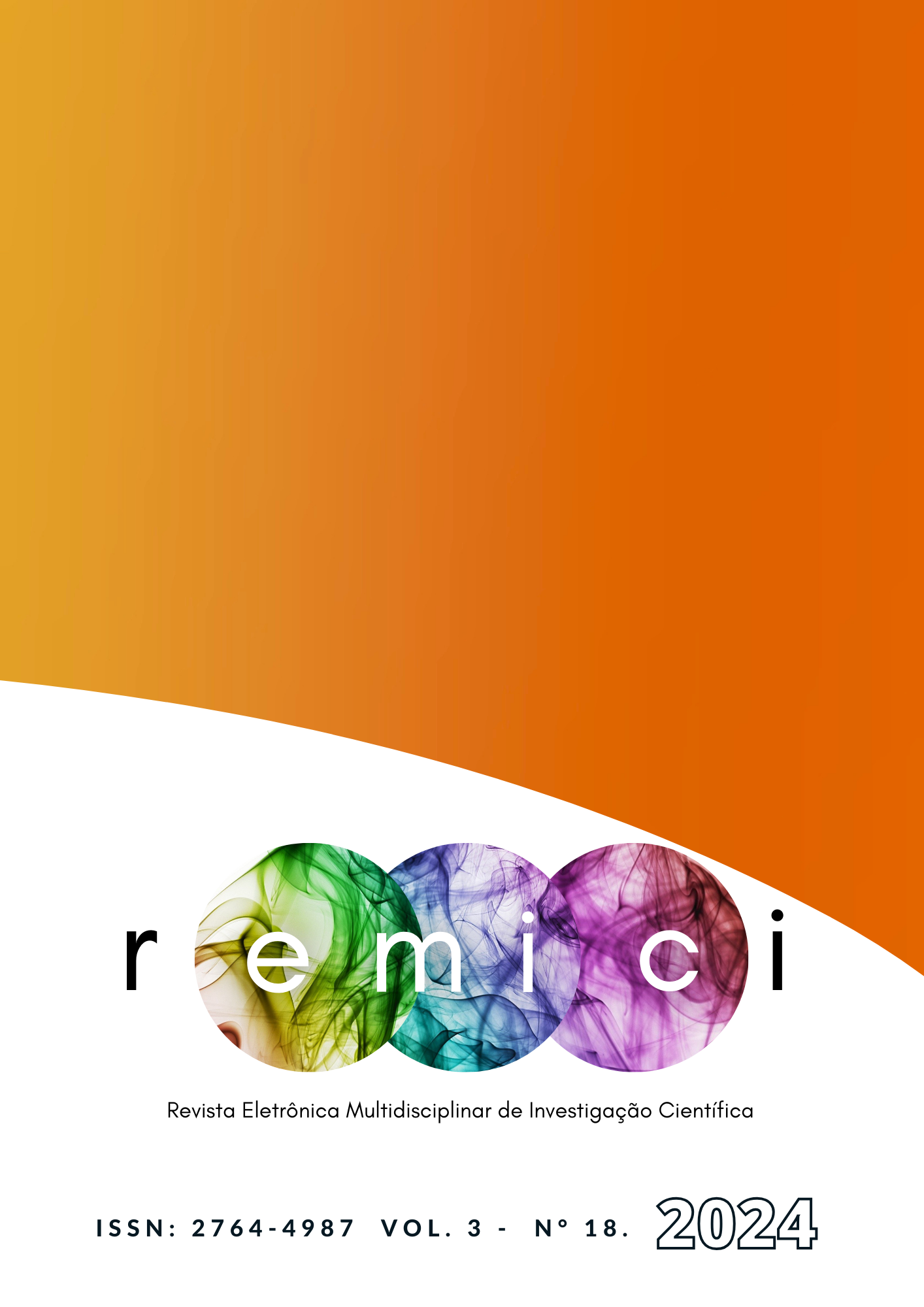Student Math videos: narratives’ analysis
Main Article Content
Abstract
The objective of this research is to identify the elements that high school students use as narratives to produce Mathematics videos. Therefore, the collection of high school videos, awarded at the Festival of Digital Videos and Mathematics Education, from 2017 to 2020, was used in this study. From the analyzed videos, it was observed the following: in the staging and musical modalities, the most present elements were body interpretation and expression, music and image editing; in the animations, image editing and narration were explored; half of the videos address the sociocultural reality of the authors; most prefer videos in which they play the characters in the narrative. From the reflection and analysis of the results, it is intended to instigate the educator to think about video production as a methodological proposal to be developed in class, whose elements, taken together with each part of the video creation process, are considered as steps of a qualitative and continuous assessment.
Article Details

This work is licensed under a Creative Commons Attribution-NonCommercial-ShareAlike 4.0 International License.
References
AUMONT, J. et al. A estética do filme. Campinas, SP: Papirus, 1995. (Ofício de Arte e Forma). 7. ed.
BORBA, M. de C. Critérios Festival. 2022. Disponível em: https://www.festivalvideo-mat.com/criterios. Acessado em: Mar. 2022.
MARTINEZ, L.; PERAÇA, M. da G. T. O uso da tecnologia no processo cognitivo: YouTube como ferramenta pedagógica no ensino médio integrado. VI SENID - Cultura Digital na Educação. 2020. Disponível em: https://drive.google.com/file/d/1-_8lpNyzSSuaxxxn7LRms7voBSJE5q6c/view. Acessado em: Ago. 2021.
PENAFRIA, M.; MADAÍL, G. O filme documentário em suporte digital. Biblioteca on-line de ciências da comunicação, 1999. Disponível em: http://www.bocc.ubi.pt/pag/madail-penafria-digital.pdf. Acessado em: Ago. 2021.
PEREIRA, R. Método Ativo: Técnicas de Problematização da Realidade aplicada à Educação Básica e ao Ensino Superior. Anais 2012 - VI Colóquio Internacional “Educação e Contemporaneidade” (EDUCON), p. 15, 2012. Disponível em: https://ri.ufs.br/bitstream/riufs/10116/47/46.pdf. Acessado em: Dez. 2023.
RESENDE, S. G. dos S. A produção de vídeos por estudantes do ensino médio: um estudo motivacional da aprendizagem em química. 2016. 144 f. Dissertação, Mestrado Profissional em Educação e Docência - Universidade Federal de Minas Gerais, Belo Horizonte, 2016. Disponível em: https://repositorio.ufmg.br/bitstream/1843/BUBD-AAPJ44/1/disserta__o_silvia_final.pdf?msclkid-=447b070aa55511ec9f3d0859b1dca64c. Acessado em: Out. 2021.
ROMANOWSKI, J. P.; ENS, R. T. As pesquisas denominadas do tipo “Estado da Arte” em Educação. Diálogo Educ., v. 6, n. 19, p. 37–50, 2006. Disponível em: https://www.redalyc.o-rg/pdf/1891/189116275004.pdf. Acessado em: Out. 2021.
TAVARES, D. et al. Inclusão cultural de deficientes visuais: Uma análise da acessibilidade de materiais audiovisuais. Teknos revista científica, p. 105–112, 2016. Disponível em: https://www.revistas-tecnologicocomfenalco.info/index.php/teknos/article/view/811. Acessado em: Mar. 2021.

